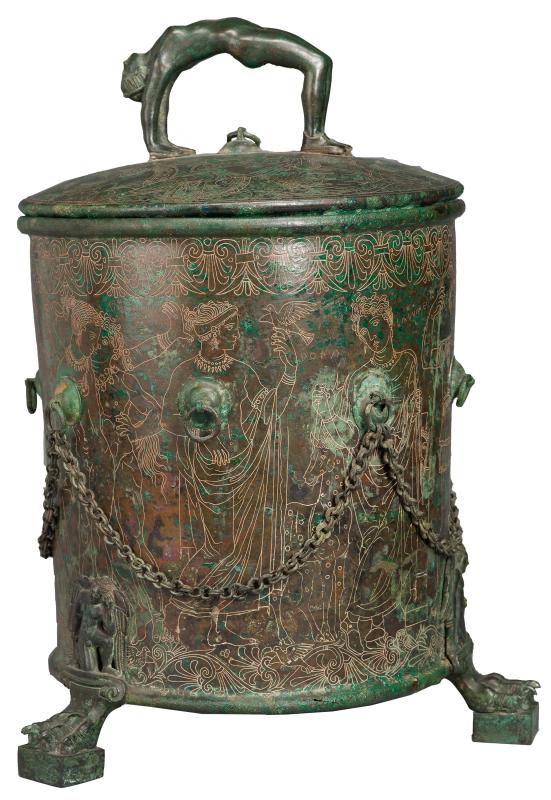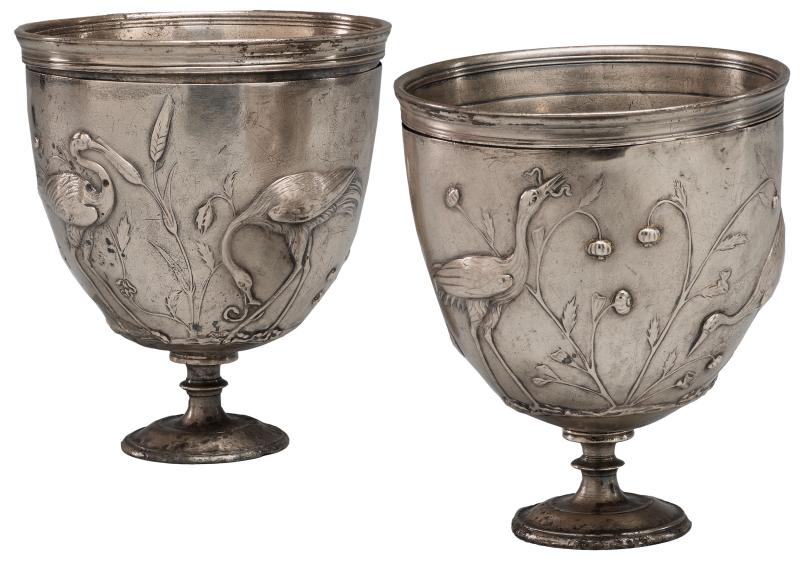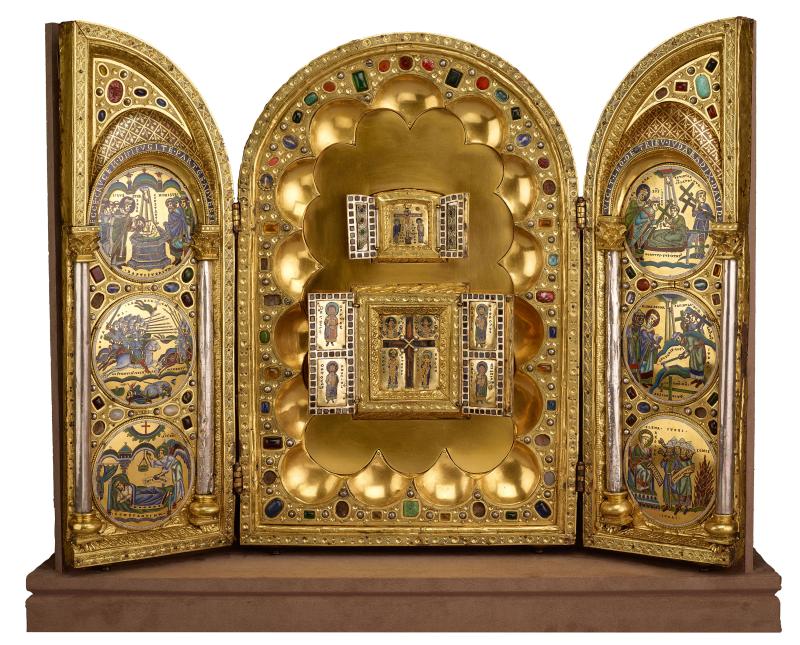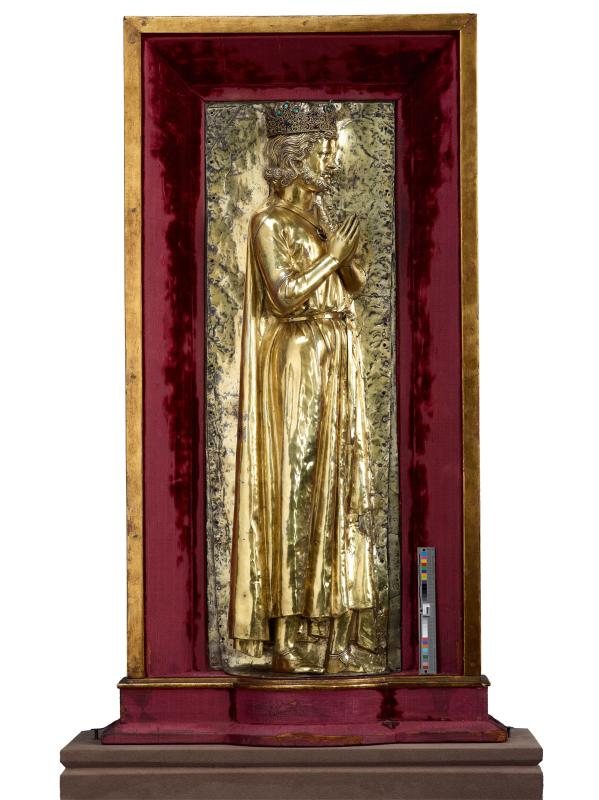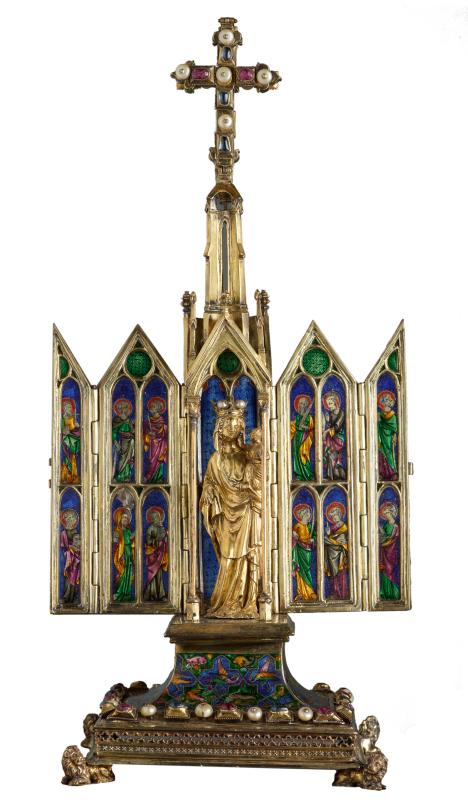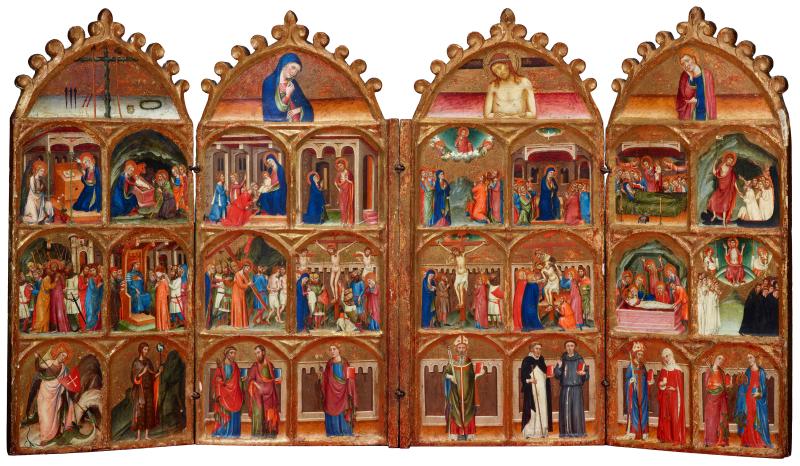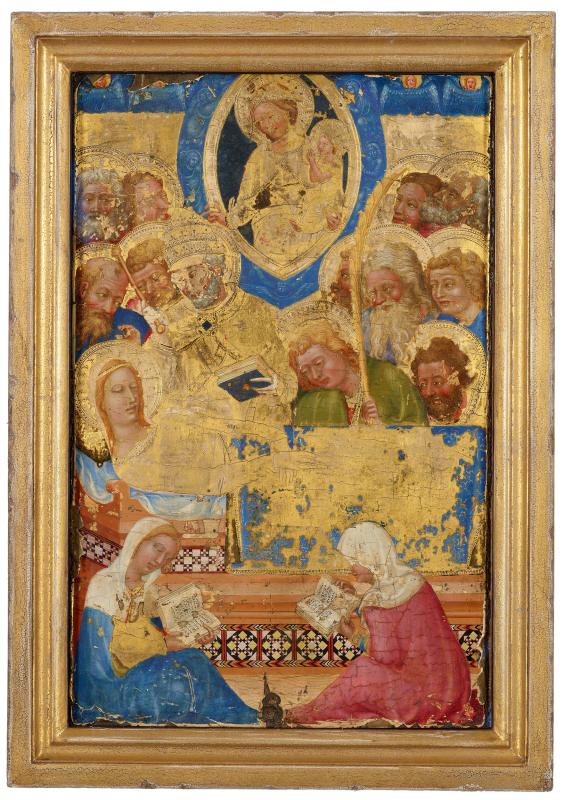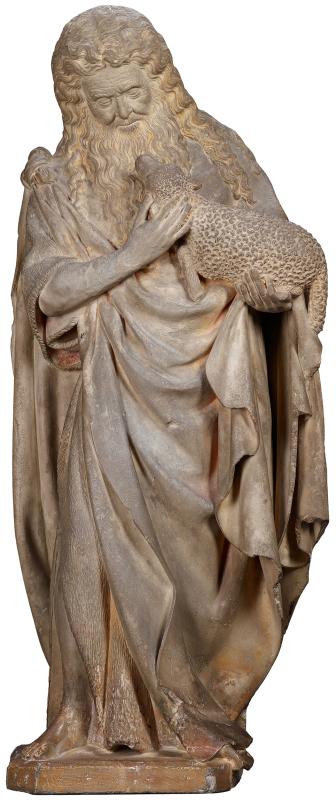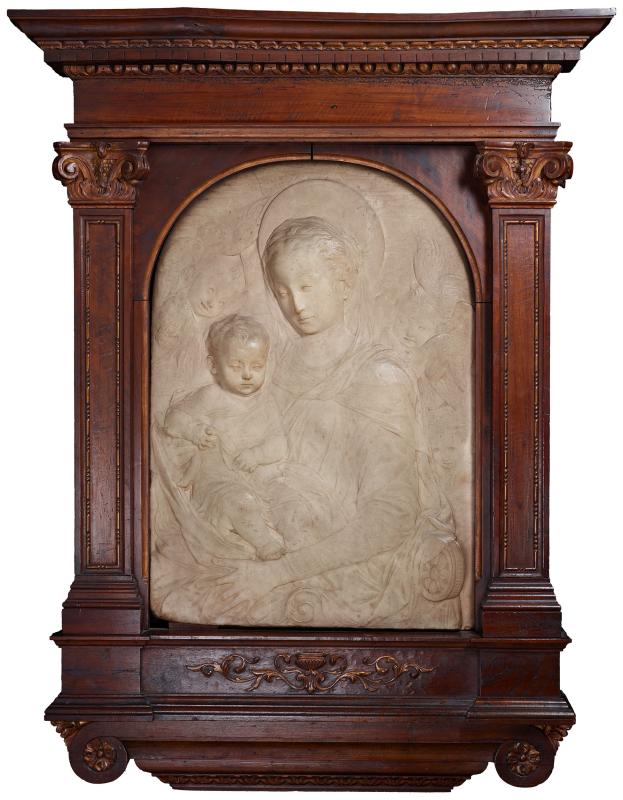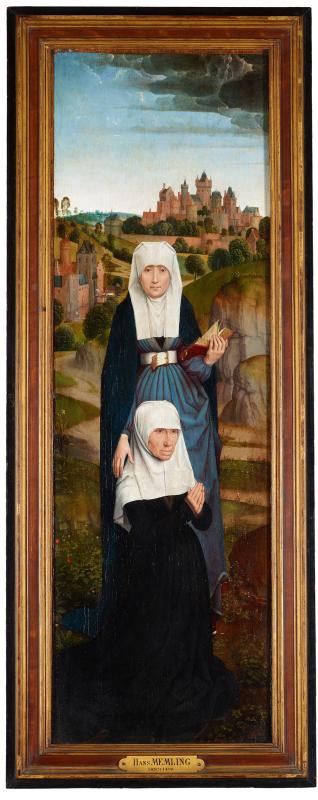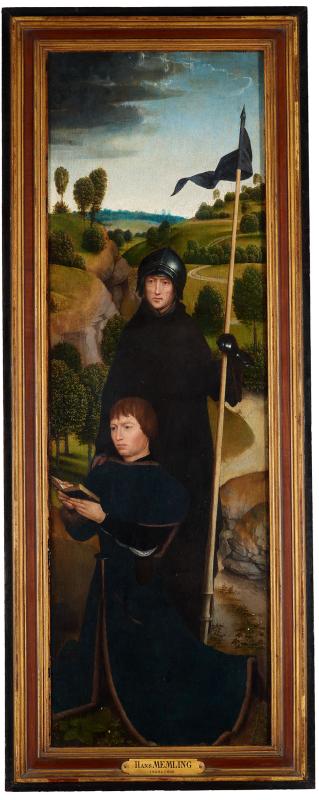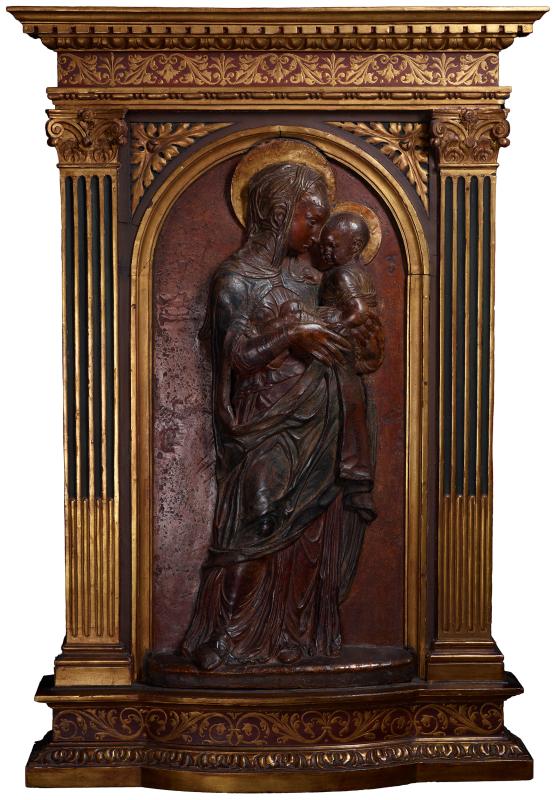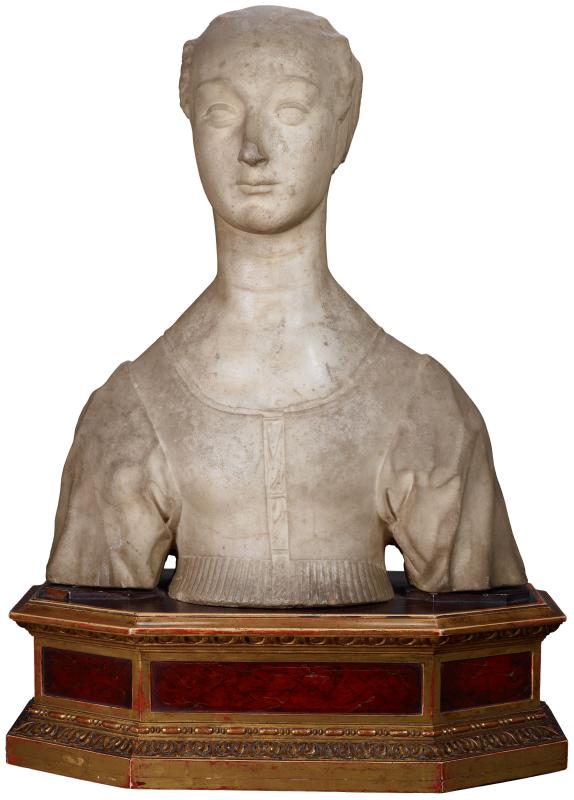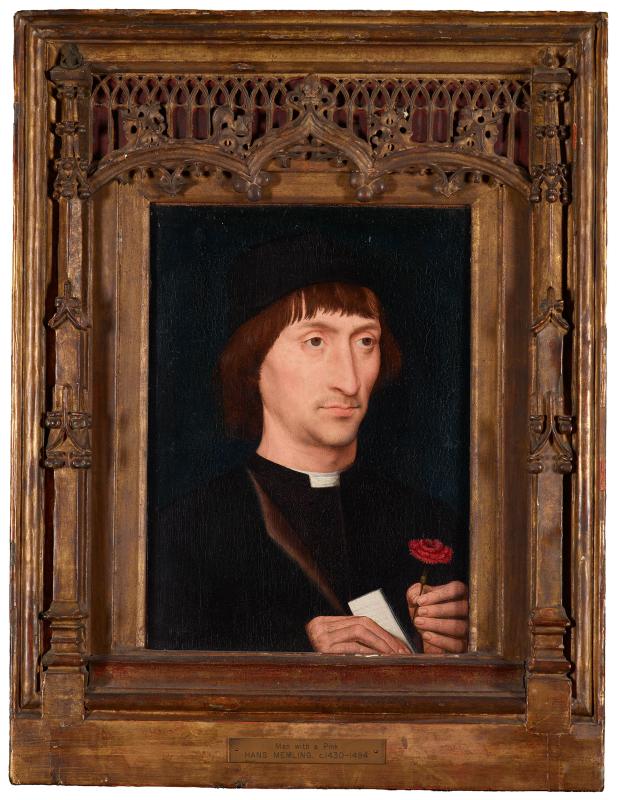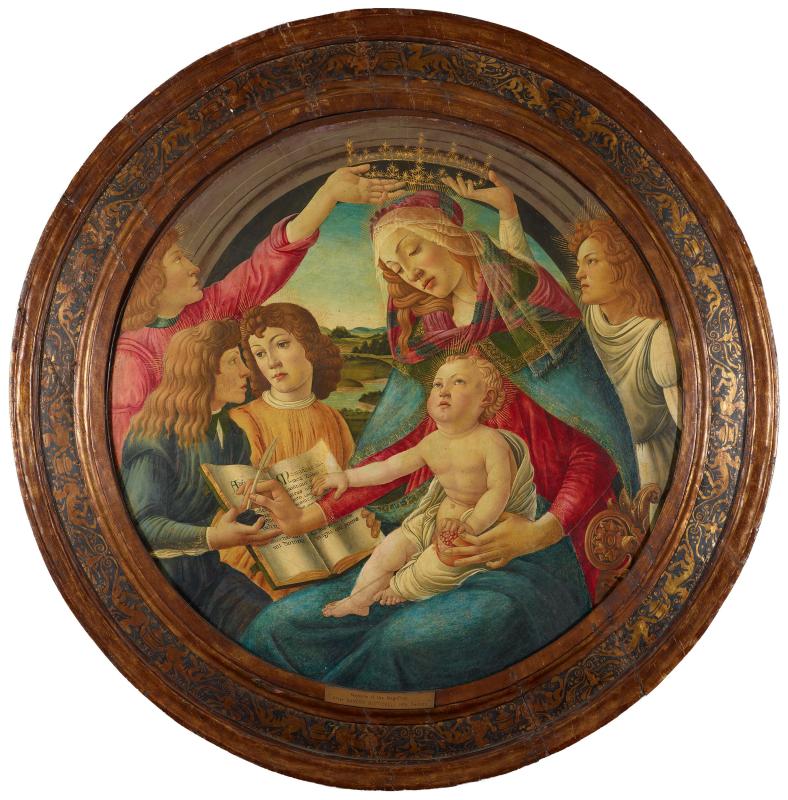The paintings and art objects that remain in The Morgan Library & Museum were, with a few exceptions, acquired by its founder Pierpont Morgan. The collection represents the merest fraction of his original holdings, most of which were sold or given away following his death in 1913. The largest group, chiefly consisting of several thousand ancient and medieval objects, was given to the Metropolitan Museum of Art in 1917. The Wadsworth Atheneum in Morgan's native city, Hartford, was another important beneficiary. The pieces that have remained in the Morgan's collection however, were many of Pierpont Morgan's favorite objects.
The value of this collection lies not only in the significance and beauty of the works but in the degree to which they represent the art Morgan acquired during the last twenty years of his life. The chronological span is impressive, ranging from early Mesopotamian and Egyptian through Greco-Roman culture, the Middle Ages, the Renaissance, and beyond. Art of the ancient world is represented by Near Eastern figurines, Egyptian statuettes, and a Roman bronze statue of Eros. Morgan had an extensive collection of Qing porcelain. A Chinese bronze vessel and a fine oxblood vase remain at the Morgan.
The core of the collection, a small but precious hoard of medieval pieces, reflects Morgan's immense interest in the art of this period, evident in the Morgan's great collection of illuminated manuscripts. Therefore, it is only appropriate that the Stavelot Triptych, the Malmesbury Ciborium, the Basin reliquary, and Lichtenthal Casket remained at the Library. Also represented are masterpieces in Renaissance and baroque art. Although Morgan collected some very fine old master paintings by Hans Memling and Perugino, he seems to have focused on the plastic arts. Examples include miniatures on ivory, Lucas Cranach's roundel portraits of Martin Luther and his wife, and a bas-relief of the Virgin and Child by the fifteenth-century Florentine sculptor Antonio Rossellino.
More in Collection Online »

